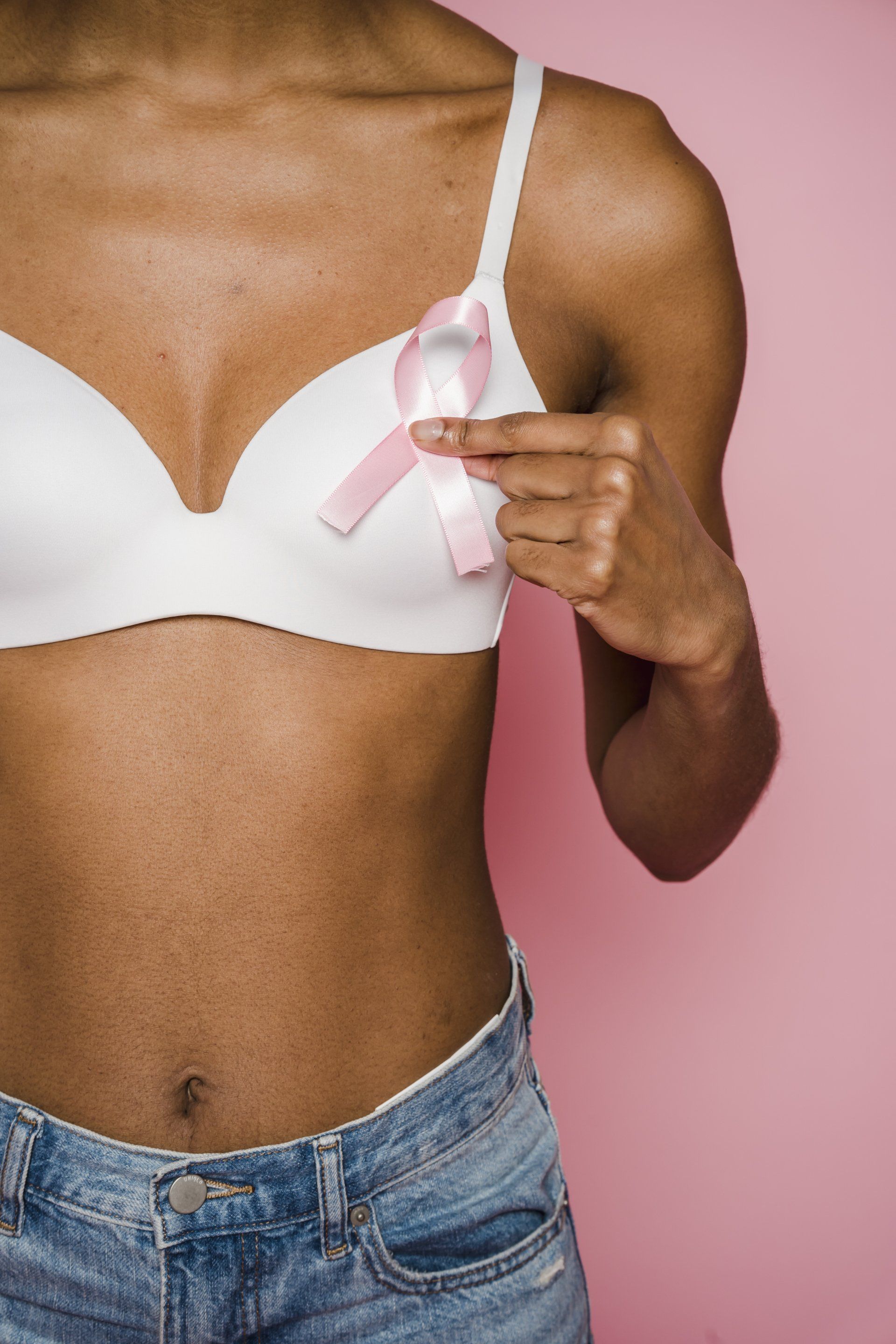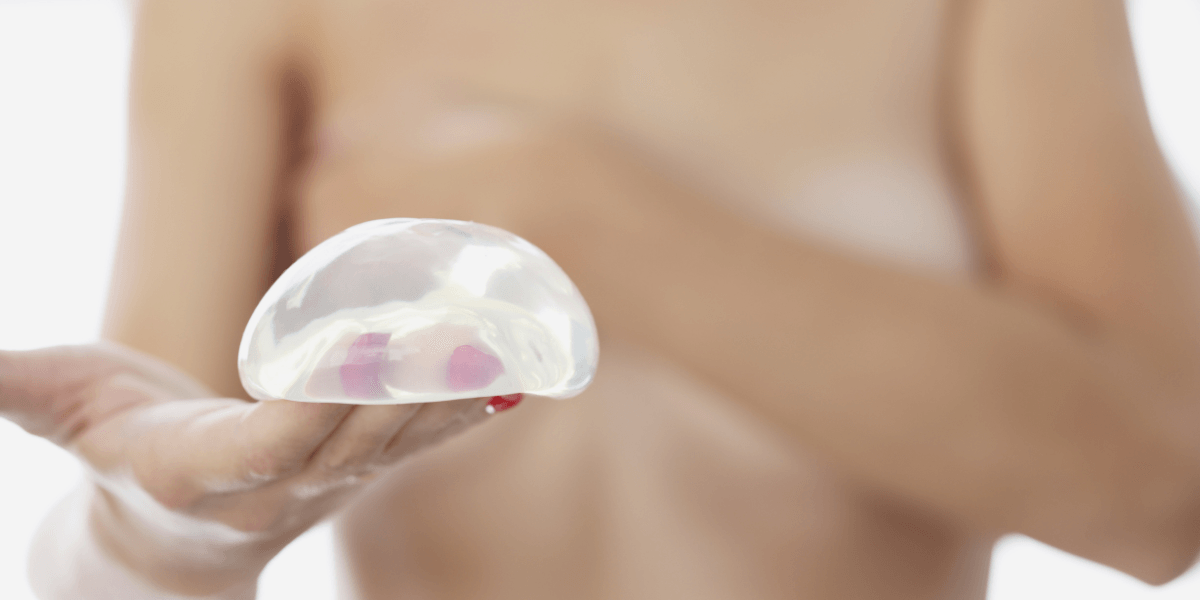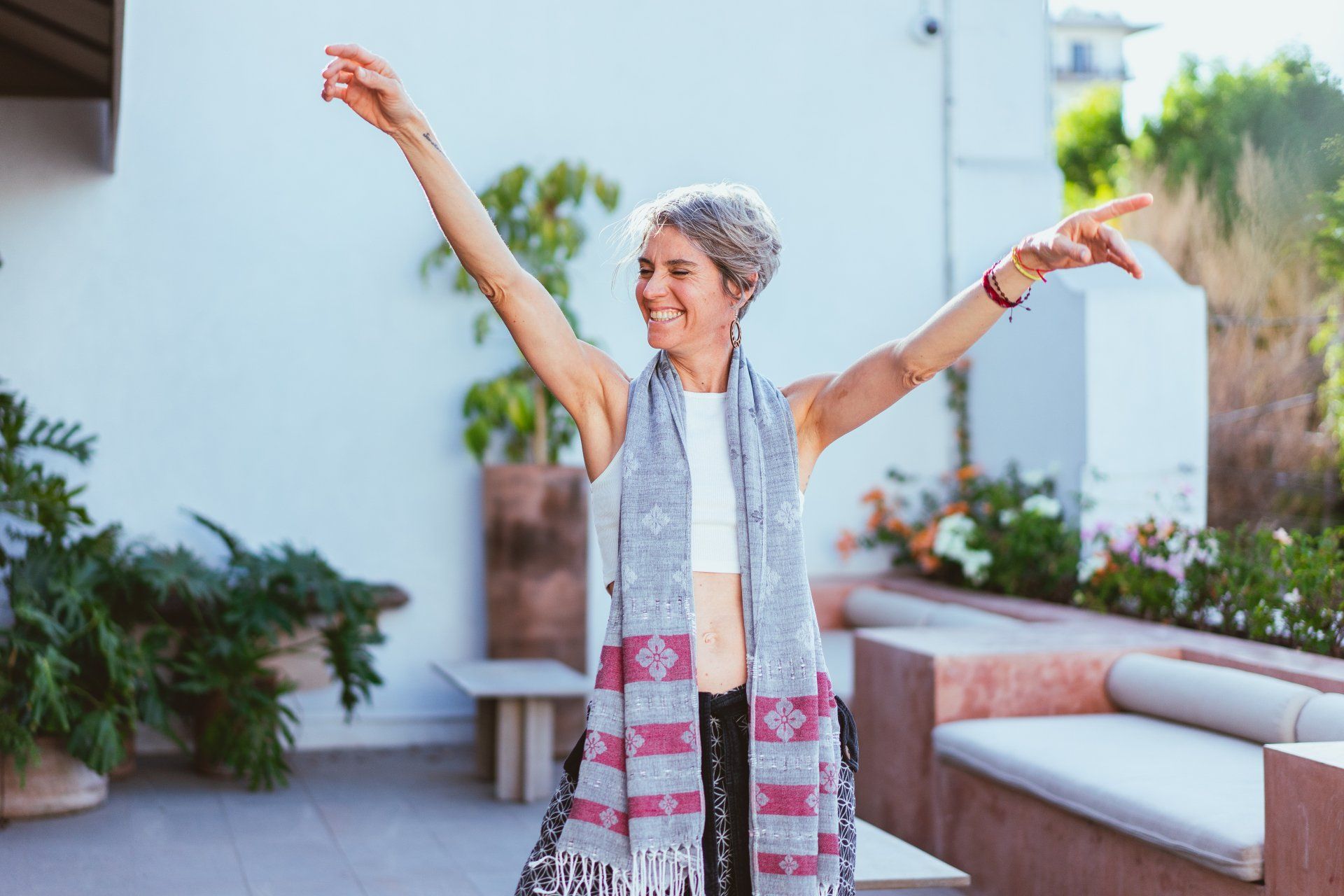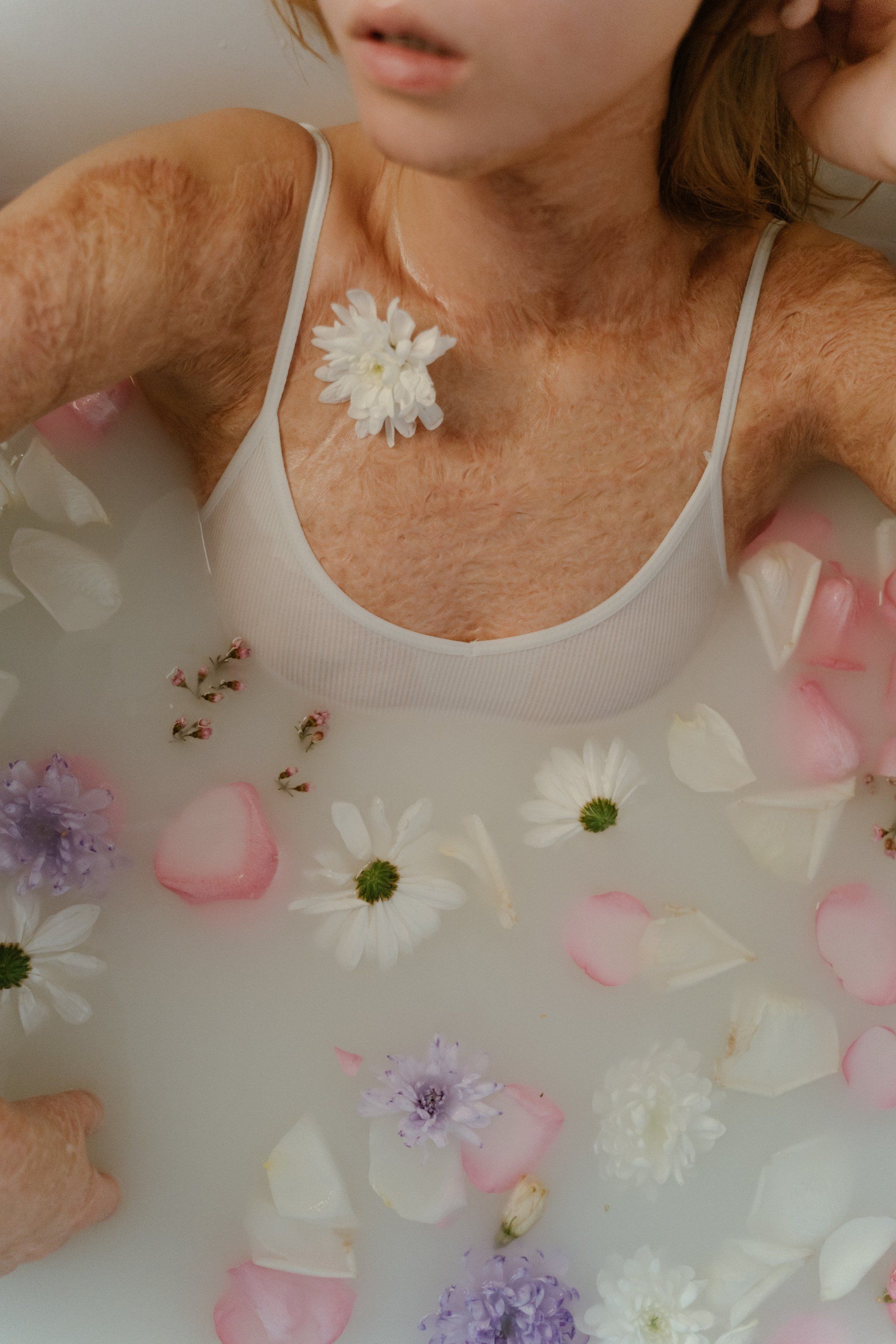What Is Healthy Aging?
What does it mean to age healthily? Is it possible to have a good quality of life as you get older? These questions are difficult to answer because there is no one-size-fits-all approach to aging.
For some, aging gracefully means maintaining physical and mental vitality well into their golden years. For others, growing older might entail slowly adapting to changing abilities and responsibilities. However you choose to age, the most important thing is that your overall health remains a top priority!
In this blog post, we'll discuss how you can ensure healthy aging for yourself or a loved one.
RELATED: 9 Benefits Of Intermittent Fasting: Women Over 50
Why Is Healthy Aging Important? | Characteristics of Healthy Aging
What Is Healthy Aging and What Are the Benefits of Staying Healthy as You Age?
As we age, it's normal to experience some changes in our physical and mental health. However, people age differently, that's why there's no one definition of what it means to age healthily.
But according to the World Health Organization, healthy aging is defined as "the process of developing and maintaining the functional ability that enables well-being in later life." In other words, it's about more than just physical health–it’s about staying mentally and emotionally healthy as well.
For some people, it may mean maintaining an active lifestyle, while for others, it may involve accepting new limitations and finding new ways to stay connected and engaged.
However, the most important thing is to focus on staying as healthy and independent as possible.
That’s because good health can help you enjoy your retirement years to the fullest! It can also prevent serious health problems, such as heart attack, stroke, and cancer.
Furthermore, staying healthy can help you maintain your independence and keep your mind sharp.
Other benefits of aging healthily include:
- Increased Life Expectancy
As we get older, we might worry about declining health and a shortened lifespan. However, there are many health benefits that come with happy aging, including an increased lifespan.
Studies have shown that people who live healthy lifestyles tend to live longer than those who don’t. And, while it’s never too late to start living a healthy lifestyle, the earlier you start, the better!
- Higher Quality of Life
Good health allows you to enjoy your retirement years. It also prevents chronic diseases that can decrease your quality of life.
Additionally, when you take care of yourself, you're more likely to feel your best and be able to do the things you love!
- Lower Healthcare Costs
As we age, we often face an increase in healthcare costs. This is due to a variety of factors, including chronic conditions that become more common with age and the need for more frequent visits to a health care professional.
However, there are also a number of ways that healthy aging can help in managing health conditions, and in effect, lowering healthcare costs.
For example, older persons who maintain a healthy weight are less likely to develop diabetes, which is a costly condition to treat. Older adults who stay physically active tend to prevent falls and other accidents, which can lead to expensive hospital stays. And, healthy seniors are less likely to develop cognitive decline, which can be both costly and debilitating.
What Are the Risks Associated with Unhealthy Aging?
On the other hand, unhealthy aging can lead to a decrease in quality of life and a higher risk for chronic disease. Some of the risks associated with unhealthy aging include:
- Cardiovascular Disease
Heart disease is the leading cause of death in the United States, and it's a major threat to the health of older adults. Cardiovascular disease occurs when the arteries become narrow or blocked, preventing oxygen-rich blood from reaching the heart. This can lead to chest pain, heart attacks, and strokes.
The risk of developing heart diseases increases with age, making it a key concern for people over the age of 65.
There are several lifestyle factors that can contribute to the development of cardiovascular disease, including smoking, obesity, and high blood pressure.
- Cancer
Cancer is a major cause of death in the elderly. It's a disease that occurs when abnormal cells begin to grow out of control. In fact, 60% of all cancer deaths occur in people aged 65 and over.
There are many reasons for this increased risk, including:
- Your immune system weakens as you get older, making it less able to protect your body against disease.
- The elderly are more likely to have exposure to carcinogens, either through your jobs or through environmental factors.
- The cells in your bodies become less effective at repairing DNA damage, which can lead to the development of cancerous tumors.
- The elderly are more likely to have a family history of cancer, which makes them more likely to develop the disease themselves.
- Diabetes
Diabetes is a serious health condition that can lead to a number of complications, including heart disease, stroke, kidney disease, and blindness. According to the Centers for Disease Control and Prevention (CDC), nearly 37 million Americans have diabetes, and the condition is a leading cause of death in the United States.
While diabetes can affect people of all ages, it's most often diagnosed in middle-aged and older adults. Given the age demographic of most people with diabetes, it's not surprising that the condition is one of the major risk factors for unhealthy aging.
Diabetes can cause a decline in physical function by damaging nerves and blood vessels, which can lead to amputations and other disabling conditions. The condition can also lead to cognitive decline by damaging neurons and causing changes in brain structure.
- Arthritis
Arthritis is a general term used to describe any condition that affects the joints, causing pain, stiffness, and inflammation.
There are many different types of arthritis, but the most common form is osteoarthritis, which occurs when the cartilage that cushions the joints breaks down over time.
Although arthritis can develop at any age, it's more common in older adults, as the wear and tear of daily life takes its toll on the joints.
- Digestive and Kidney Diseases
Aging can cause the muscles in the digestive system to weaken, making it harder for the body to break down food and absorb nutrients. This can lead to indigestion, constipation, and other digestive problems. Additionally, the kidneys can also be affected by aging. The kidneys filter waste from the blood, but as we age, their function can decline. This can lead to a build-up of toxins in the body and an increased risk for kidney disease.
What Are the Physical and Mental Changes Associated with Aging?
The physical and mental changes associated with aging are the result of a complex interaction between your genes, your lifestyle choices, and your environment.
On a physical level, aging is characterized by:
- A Decrease in Muscle Mass and Strength
The loss of muscle mass is called sarcopenia, and it can begin after the age of 30. Sarcopenia is largely due to a decrease in hormones, including testosterone and growth hormone, which play a role in muscle growth.
Additionally, aging muscles require more stimulation to stay healthy, and many seniors simply don’t get enough exercise to maintain their muscle mass.
- A Decrease in Bone Density
One of the most common changes that occurs in your body as you age is a decrease in bone density, which can lead to an increased risk of fractures. Bone density usually starts to decline around the age of 50, and the process accelerates after menopause.
There are several factors that contribute to this decline, including a decrease in estrogen levels and a loss of muscle mass. In addition, bones may become less dense due to a lack of exercise or a diet deficient in calcium and vitamin D.
- A Decrease in Skin Elasticity
One of the most noticeable changes that occurs as we age is a decrease in skin elasticity. This means that your skin becomes less able to snap back into place after being stretched or pulled. As a result, you may notice that your skin hangs a bit more loosely on your body and that fine lines and wrinkles become more visible.
Decreased skin elasticity is primarily due to a loss of collagen and elastin, two proteins that help to keep your skin firm and supple.
- A Decrease in the Production of Hormones
This decline in hormone levels can lead to a wide variety of symptoms, including fatigue, weight gain, and decreased sex drive. In addition, the loss of hormones can also cause hair loss, dry skin, and hot flashes.
RELATED: The Importance Of Preventive Health Care For Women
Mentally, aging is associated with:
- A Decline in Memory and Cognitive Function
This can manifest itself in many different ways, from forgetting simple words to having difficulty following conversations. Often, this decline is subtle and happens gradually over time. However, it can also be more pronounced, especially if it's the result of a disorder such as Alzheimer's disease.
- An Increased Risk for Depression and Anxiety
As we get older, we're more likely to experience a loss of loved ones, as well as other major life changes, such as retirement. These changes can be difficult to adjust to and can lead to feelings of loneliness, social isolation, and despair. Additionally, many seniors face financial insecurity and declining health, which can also contribute to depression and anxiety.
- A Decreased Ability to Multitask
Dopamine is a neurotransmitter that helps to regulate movement, attention, and learning. As we get older, the level of dopamine begins to decline, which can lead to difficulties with multitasking.
Furthermore, the aging process also leads to a reduction in the number of neurons in the brain. This can further impair cognitive function and make it more difficult to juggle multiple tasks simultaneously.
What Are the Most Effective Health Promotion Practices?
While aging is inevitable, there are many things you can do to age healthily. Here are some health tips that can promote healthy aging, according to National Institute on Aging:
- Eat a Healthy Diet
Making smart food choices can provide the nutrients your body needs to stay strong and to lower risk of chronic diseases.
Eating plenty of fresh fruits and vegetables, for example, can help lower blood pressure and cholesterol levels, while also providing antioxidants that can help protect against cellular damage. Consuming whole grains and lean meats are also important, as they are excellent sources of protein and fiber, which help to maintain muscle mass and prevent bone loss. And, eating low-fat dairy can help to reduce the risk of developing obesity, type 2 diabetes, and other chronic conditions.
- Exercise Regularly
Regular physical activity helps to improve balance and flexibility, two things that become increasingly important as you get older. It also helps to strengthen bones and muscles, and can reduce the risk of heart disease, stroke, and diabetes. Additionally, doing physical activity has been shown to improve mood and brain health.
- Get Adequate Sleep
While you may not need as much sleep as you did when you were a child, adults typically need around seven to eight hours of sleep per night. Getting enough sleep helps to promote physical health by boosting immunity, reducing inflammation, and helping to regulate hormones.
- Manage Stress
While a certain amount of stress is normal, too much stress can take a toll on your physical and mental health. That’s why it’s important to learn how to lower stress in order to promote healthy aging.
There are various ways to do this, such as positive thinking and relaxation techniques, like yoga, meditation, and deep breathing.
- Stay Active and Engaged
Social and leisure activities help to keep your minds sharp and can improve your mood and outlook on life. There are many different ways to stay active as you age, from joining a book club or playing games to taking up a new hobby or volunteering in your community.
- Get Regular Checkups
According to the US Department of Health and Human Services, using preventive services can help you to stay healthy as you age. These checkups allow health professionals to keep an eye on your health and identify any potential problems early. Getting health services also give you a chance to ask questions and learn more about how to keep yourself healthy.
It's important to stay up-to-date on vaccinations, too. Many diseases are more common in older adults, and getting vaccinated can help you in disease prevention.
- Take Anti-aging Nutraceuticals
HGH, or human growth hormone, is the master hormone that drives the growth and development of the body. It causes the liver to produce powerful insulin-like growth factors (IGF), which contribute to the maintenance of lean body mass and the health of the body's vital organs.
Research has proven that HGH-secreting cells of the pituitary gland do not die. They maintain their ability to make significant amounts of natural growth hormone. As part of the aging process, less HGH circulates through the body, because the pituitary gland is not stimulating its production. A secretagogue enhancer stimulates the pituitary to naturally produce and secrete HGH, raising the level of this valuable hormone within the body. Ultra Prime serves as a trigger to safely and naturally stimulate the pituitary gland.
The scientifically based formulation in Ultra Prime™ features potent amino acids and nutrients that are combined in a precise peptide formulation with other biologically active nutrients. When it is taken as directed, these ingredients will work synergistically as a powerful secretagogue to effectively raise HGH levels. Powerful amino acids such as L-Glutamine, L-Arginine, L-Lysine, Glycine and Colosotrum, which have been shown to increase HGH levels, and nutrients from Prime Factor, are combined in a precise peptide formulation with other biologically active proteins to effectively raise HGH levels.
Ultra Prime is a natural secretagogue that works as an HGH releaser, raising HGH levels in an entirely physiological manner. It gently stimulates, the endocrine system to produce and release its own HGH naturally. It works with the body, and not against it. The ingredients produce a synergistically to maximize the effectiveness of the potent amino acids and active nutrients. Ultra Prime will work to maintain the body’s equilibrium. You can now give your body a firm metabolic push in the right direction so it can help itself.
Final Thoughts
People age differently, and there is no single formula for achieving a long and healthy life. However, creating healthy habits and making healthy choices throughout life can help to increase the chances of aging well. By following these guidelines, you can stack the odds in your favor and enjoy a healthy, active life well into your golden years!
Up Next:
- How To Prepare For A Mammogram: Your Ultimate Guide
- Menopause Support Groups: How To Find The Right Community For You
- Common Causes of Sagging Breasts and Tips for Prevention










